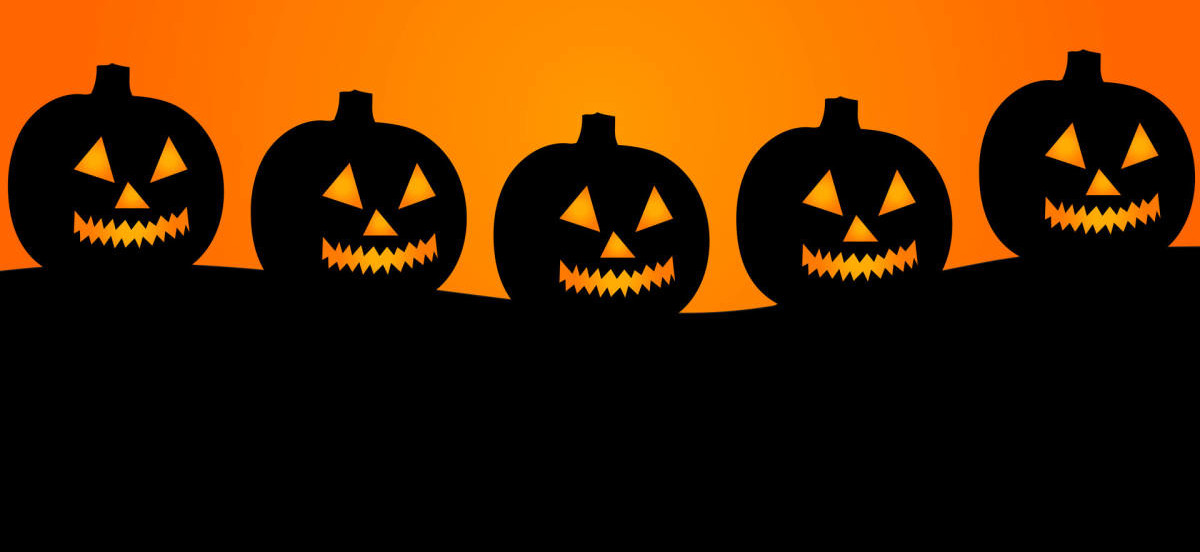
Halloween is a new holiday to Italy. When I lived here thirty-four years ago, the only Italians who knew what Halloween was were those who knew missionaries, had good American friends—military or expatriates—or had lived in the states for some time. Beyond that, Italians knew nothing of Halloween and trick-or-treating, to say nothing of Linus and the Great Pumpkin. Dressing up in costumes is covered by the parties at Carnival, right before Mardi Gras.
But then, Halloween is a British-Irish-American holiday with its roots in the ancient Celtic year end festival of Samhain (you pronounce it sa-wen). It was brought over to the U.S. mainly by Irish immigrants. We all know that we Americans like to make things bigger, and boy, did we make it bigger (although many historians say it didn’t really get big in the U.S. until after World War II).
Some look at the Mexican holiday Dia de los Muertos and assume that because Italy and Mexico have the Catholic church in common they have a similar celebration. But just like Halloween, Dia de los Muertos has its roots in an ancient pagan festival that was adopted by the Catholics as they Christianized Mexico, the same way Samhain was adapted by the Catholics in England and Ireland to coincide with All Saints Day (on November 1), and All Souls Day (on November 2). Dia de los Muertos goes back to an ancient Aztec festival.
But things change over the years. Ten to fifteen years ago, according to my friends in Italy, Halloween began slowly working its way into Italian life.
Now thanks to American culture spreading abroad, you can see Halloween costumes in the stores for the kidlets as well as bags of Halloween candy. However, Italians have little knowledge of Halloween’s history. In most cases, they haven’t yet turned it into the huge commercial blitz we have in America. In the states, we see all kinds of businesses advertising Halloween events and specials. By and large, it hasn’t happened here yet. I’ve heard one radio station advertising a Halloween party, and it’s Virgin Radio, part of Richard Branson’s Virgin empire, so you’ve got the British connection there.
You see pumpkins in the store, and an acquaintance up north talks of a friend who actually owns a pumpkin patch. But once again, unless you’re very acquainted with the traditions of Halloween, there is very little pumpkin carving, although most Halloween advertising here is accompanied by images of jack-o’-lanterns. Part of the reason for few carved pumpkins is that Italians live stacked on top of each other with very few detached house with yards and front doors to display their carvings. Three years ago when my wife was visiting me from Italy she’d never carved a pumpkin before and was happy to learn something new.
Italians, however, have adapted pumpkins into their fall diets. Most have never heard of pumpkin pie, but I’ve had some great pasta sauces that use pumpkin as a base.
When kids go trick-or-treating, they go in their palazzo (think trick-or-treating in a Manhattan high-rise) and seldom go to other buildings unless they have a friend living there.
Just like stateside, Halloween is the introduction to the holiday season. But there is no Thanksgiving between Halloween and Christmas to get lost in the rush. From then on in, all the holidays are connected directly to Christmas, such as Dec. 8, the Festival of the Immaculate Conception of the Madonna.
But the marketing has already started. A couple weeks ago, I began seeing Christmas cakes such as panettone and pandoro in the stores, not to mention Christmas chocolates. (By the way, in another installment I’ll talk about Italy’s hidden secret food, pastries and sweets.)
Here you see Christmas trees these days, but again, this custom is an import. It was a German tradition imported to England by Queen Victoria’s German husband, Prince Albert.
Electricity in Italy is expensive, so you don’t see Christmas lights at the same level as you do in the states, although the store my wife works in is lit brilliantly on the outside. You don’t see the lights strung along the houses as you do in the states or in the city streets. They’re there, just not at the same level.
When you think of holidays like Halloween and Christmas, you also think of the accompanying television specials, such as the Charlie Brown specials. The movie channels on satellite TV will carry some Christmas movies (wait for my “At the Movies” installment of “The Other Side of the Pond”, and I’ll get into a few of those), and there are some programs imported from the U.S. Andrea Boccelli’s Christmas special is a natural, him being a local and all, as well as the “Christmas Light Fight” shows, but to date Italians still aren’t acquainted with “It’s the Great Pumpkin, Charlie Brown” and “Merry Christmas, Charlie Brown.” They know the whole Peanuts gang here, just not the television specials.
Too often in America these days, Christmas ends at midnight Dec. 25, but the fact is the Christmas holiday season goes longer than that. The twelve days of Christmas actually begin on Christmas Day and end Jan. 6 on Epiphany, the day the Wise Men arrive to give their gifts and worship the Christ child. (Even the myth makers of times past couldn’t find a way to get the Magi into Bethlehem on night of his birth.) Dec. 26, is the Feast of St. Stephen, a national holiday in Italy where everything, including grocery stores, is closed. Epiphany is another day of gift-giving with the Christmas stockings being filled by Befana, an old woman who is searching for the Christ child to give him gifts.
So Halloween starts the holiday season for both places, something we’ve got in common, even if they’ve never seen “It’s the Great Pumpkin, Charlie Brown.”



